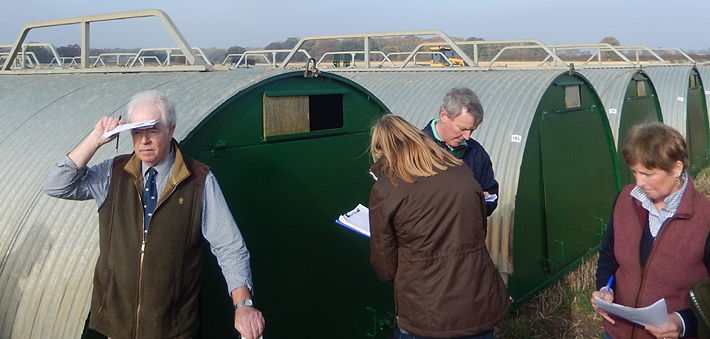Pig prices are continuing on their upward track, after their relentless decline, which saw the SPP tumble from 143.5p at the start of 2015 to hit 124.23p at the end of that year, and collapsing still further to a low of 112.07p in March 2016. But since then, the SPP has only risen on a relatively modest basis to 114.7p, but there should be more improvements in the weeks ahead as higher spot and contract prices filter through the system.
The spot market is notorious for being either “muck or money”, but this is where the various green shoots of recovery are usually first seen, with the result that sellers today saw spot bacon quotes at 120p/kg in some cases, which represents a 5p premium more than the SPP.
A combination of higher European pig prices, rising demand from China in particular, and a slight reduction in EU and UK numbers has all helped to put prices on their upward path, and a longer spell of better weather would also work wonders as far as barbeque demand is concerned.
Cull sow prices have also finally taken a more significant upward step, providing further evidence that EU manufacturing pigmeat prices are definitely “on the turn”.
As a result, the two main cull sow buyers lifted their bids by between 2p-3p/kg, trading in the 60 to 63p/kg range. At noon on Friday, the euro was trading worth 78.75p, which is very similar to its value a week ago.
The weaner market is also continuing to benefit to a modest extent from more optimism concerning finished pig prices, with the latest AHDB 30kg ex-farm average quoted at £38.66/head and 7kg at £29.01/head, but contract deals are now being agreed at higher levels than this by one or two long-sighted finishers at a time when store pig availability is starting to tighten.
The grain markets also ended another relatively quiet week, with May feed wheat quoted on the LIFFE market at £106.20/t and November at £117/t. But recent reports that UK combined wheat and barley exports in March were at their highest monthly level for the past 15 years are indicating that this may help to reduce the carryover of grain stocks into next season that could lead to a slight hardening in values. Perhaps this is another occasion when pig producers should be spending a little more time in the office and perhaps making some decisions on forward grain purchases.
And finally, it was another successful Pig Fair, with a slightly better feeling in the air and a well-attended couple of days, which was encouraging for those of us who attended. But my old hobby horse remains, why not relocate to somewhere like Peterborough or Newark on the eastern side of the country, which is where most of the pig and poultry producers seem to be?
The common problem is that it’s difficult for farm staff from the Eastern side of the country to find enough time to look after their stock and attend the Pig Fair, as well as facing the everlasting roadworks on the A46, which seem to have been going on for as long as I’ve been alive, which is a quite a while!
Suggestions on a postcard please . . . .




